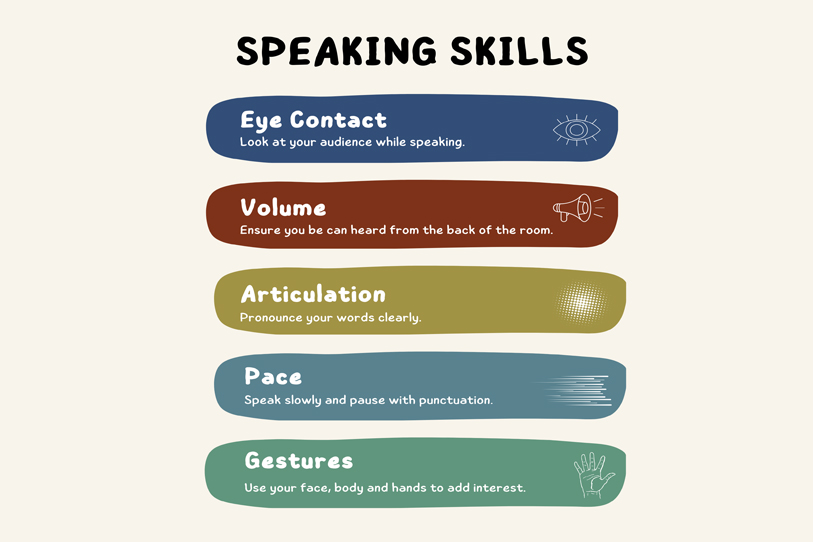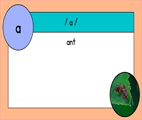Contact Us
80,Kavitha Muniraj ,3rd cross,pavan Kumar layout ,chikkagubbi Banglore-560077














Phonics and communicative English are essential components of language learning, especially for non-native speakers looking to improve their language skills. Phonics refers to the method of teaching reading and writing by focusing on the sounds that individual letters or groups of letters make. By understanding phonics, learners can decipher unfamiliar words and improve their pronunciation.
Communicative English, on the other hand, emphasizes the ability to effectively communicate in real-life situations. It focuses on the practical use of language skills, such as speaking, listening, reading, and writing, to convey messages and information accurately and appropriately. Through communicative English, learners not only develop their language proficiency but also enhance their interpersonal and intercultural communication skills.
Combining phonics and communicative English in language learning can be highly effective as it allows learners to build a strong foundation in language structure and pronunciation while also developing their ability to communicate fluently and confidently. By integrating these two approaches, learners can improve their overall language skills and become proficient in both understanding the language and effectively expressing themselves in various contexts.